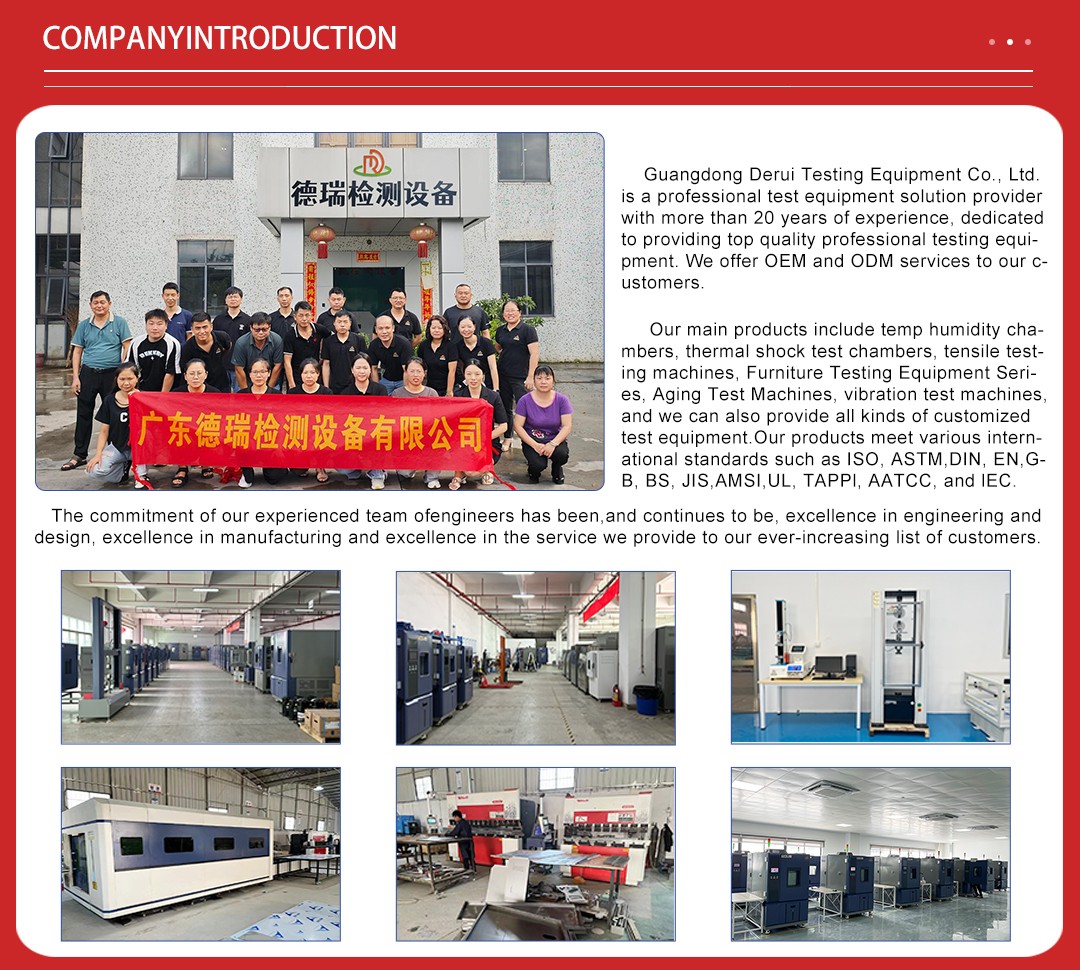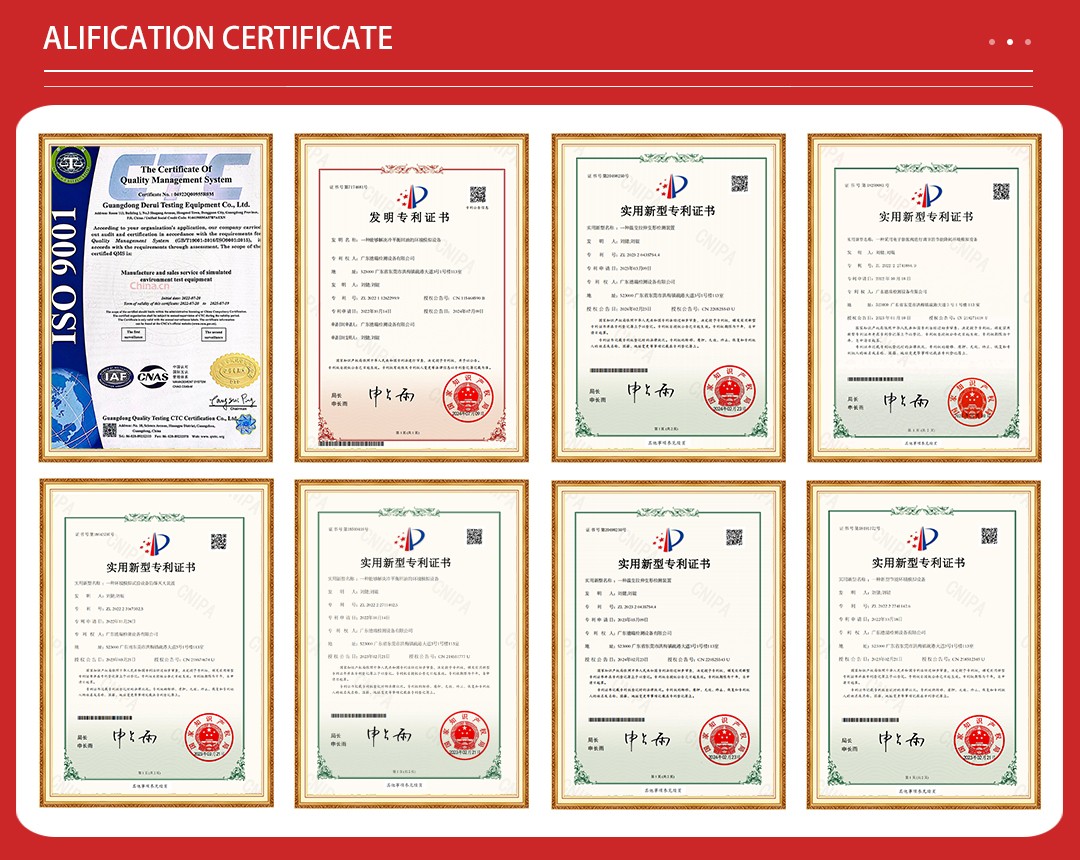
Aging Oven is a specialized environmental chamber designed to accelerate the aging process of materials, components, or products by exposing them to controlled temperatures for extended periods. It is ...

Aging Oven is a specialized environmental chamber designed to accelerate the aging process of materials, components, or products by exposing them to controlled temperatures for extended periods. It is widely used in various industries such as automotive, electronics, pharmaceuticals, materials research, and manufacturing to simulate the long-term effects of heat, humidity, and time. This accelerated aging process helps evaluate the durability, performance, and reliability of products under conditions that mimic their eventual usage in real-world environments.

1. Precise Temperature Control: Aging ovens are equipped with advanced temperature control systems, often featuring high-precision thermoregulation. These systems allow operators to set and maintain specific temperature profiles for testing purposes. Typically, aging ovens can operate within a range of ambient temperatures to well above 100°C, depending on the model.
2. Uniform Heating: The oven is designed to ensure even heat distribution throughout the chamber, preventing hot spots or uneven aging of the samples. This is achieved through advanced air circulation or forced convection systems that maintain consistent temperature and airflow.
3. Durability Testing: Aging ovens are primarily used for accelerated aging tests that simulate long-term environmental stress, such as exposure to heat, moisture, and time. This testing is critical for evaluating how products or materials will perform after prolonged exposure to such conditions, helping manufacturers identify potential flaws or weaknesses early in the product development cycle.
4. Controlled Environment: In addition to temperature regulation, many aging ovens can also control humidity levels, which is important for testing products that may be sensitive to both heat and moisture. This feature is particularly useful for materials that require a controlled environment to simulate real-world aging effects, such as rubber, plastics, electronics, and coatings.
5. Versatile Testing Options: Aging ovens can be used for a wide range of testing scenarios, including the evaluation of thermal stability, chemical composition, physical properties, and performance degradation over time. This versatility allows them to cater to diverse industries and applications, from component testing in the electronics sector to material aging in the automotive and aerospace industries.
6. Safety Features: Modern aging ovens are designed with various safety mechanisms, such as automatic shut-off systems, over-temperature protection, and alarms to prevent accidents. These features ensure safe operation, especially when testing hazardous or volatile materials.

Temperature range | Ambient ~ 250℃ |
Internal dimension | 340W*340D*320Hmm |
External dimension | 620W*530D*490Hmm |
Temperature control accuracy | ± 1℃ |
Controller | LED display, PID Temperature Control & Timing Device |
Internal material | Stainless steel |
External material | Galvanized steel plate |
Insulation material | High density silicate insulation fiber, high temperature resistant sealer |
Sample tray | Stainless steel, 2pcs |
Power | 950W |
Protection device | Over Temperature Protection, Heater Short Circuit, Motor Overheating & Leakage. |
Alarm | Audible and visual alarm |

